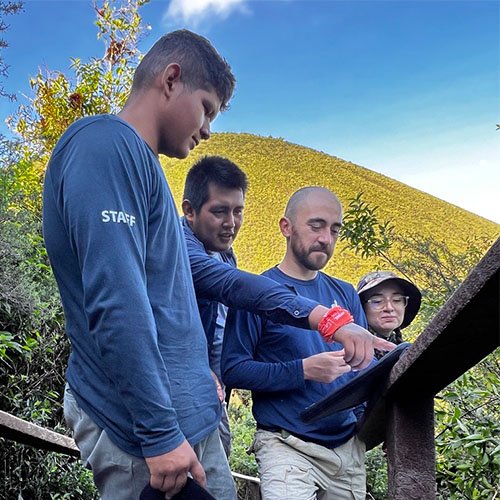In our mission to align with the United Nations Decade on Ecosystem Restoration (2021-2030), we reaffirm our commitment to the Ten Core Principles for Ecosystem Restoration . The Charles Darwin Foundation, through the Galapagos Verde 2050 Program, has evidenced significant advances on Floreana Island, especially in the ecological restoration process of the Granillo Negro Mine, where richness, abundance, and vegetation cover have been evaluated after the restoration work on plant communities that was carried out over the last 10 years .
On Floreana Island, we planted nearly 2,500 plants that correspond to 28 indigenous species, of which 500 were planted in the Mina de Granillo Negro area. Historically this site was used to extract stone material for the construction of houses and maintenance of roads. To ensure plant survival and study growth rates, water-saving technologies were implemented. These efforts have resulted in significant progress in restoring this heavily degraded site, showcasing our local dedication to preserving Floreana's unique biodiversity and contributing to global conservation efforts.
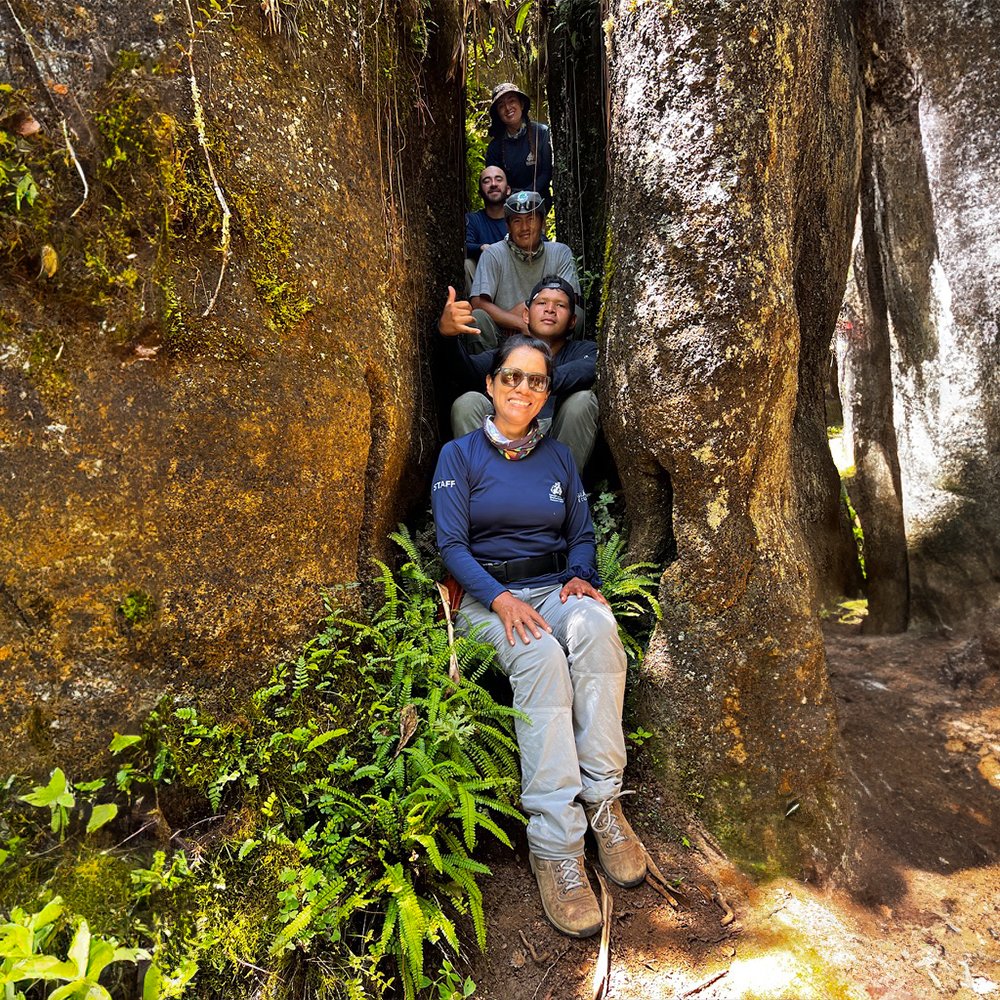

We also contribute to the ecological restoration process of Floreana through the creation of a large biological corridor. This corridor consists of shrub and tree species needed to support the locally extinct species such as the Floreana Mockingbird (Mimus trifasciatus). These plants will provide as shelter and food for the mockingbirds upon their reintroduction to the island.
In anticipation of this initiative, we are currently cultivating these species in our forest nursery in collaboration with the Galapagos National Park Directorate.
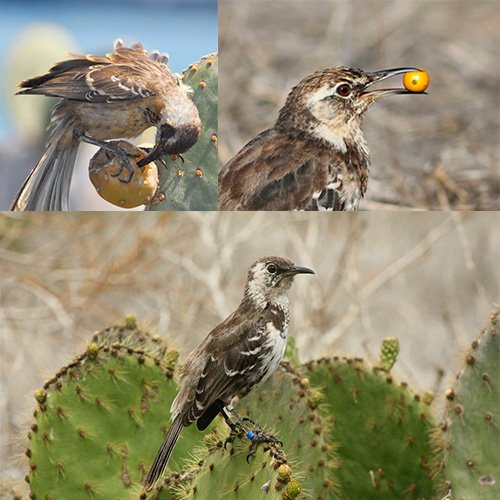
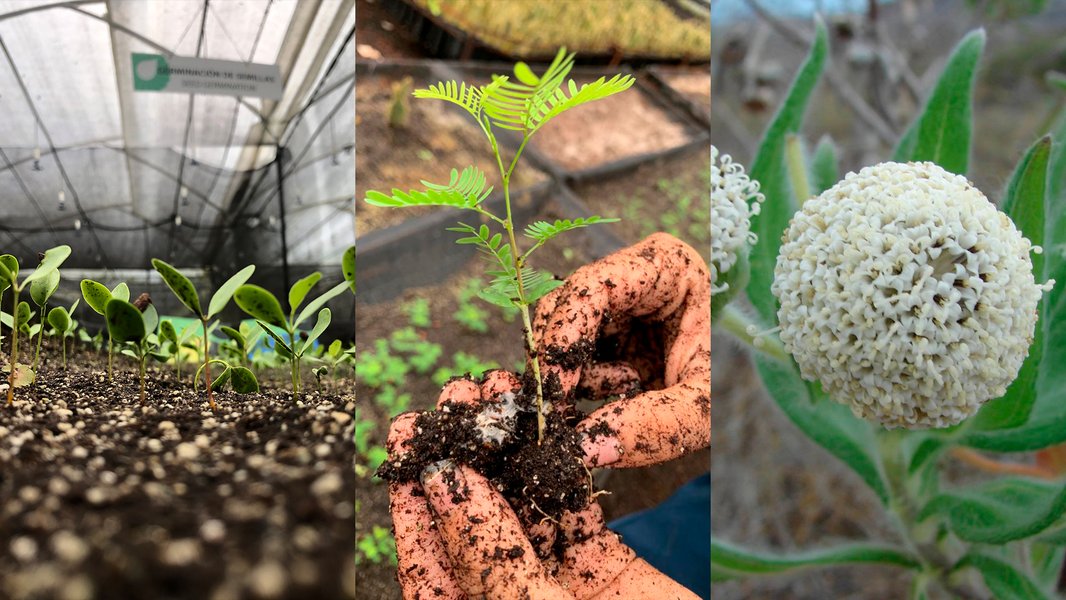
Furthermore, as part of our monitoring activities, we are excited to confirm the natural regeneration of several unique Floreana species. These include the violet orchid (Ionopsis utricularoides), winged daisy (Lecocarpus pinnatifidus), Floreana flax (Linum cratericola), cafetillo (Psychotria angustata), romerillo (Trigonopterum laricifolium) and Floreana lippia (Lippia salicifolia). These species are currently growing healthily in our study sites and around Cerro Allieri and Pajas. We also observed regeneration of key species that serve as food source for many endemic birds, while also recording endemic fungi and ferns.
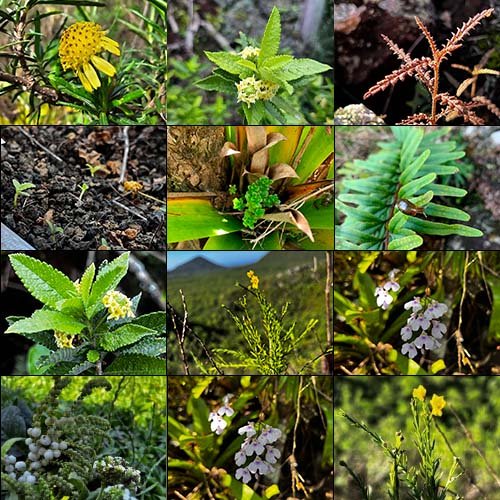
This process not only represents the restoration of an ecosystem, but also serves as an inspiring model for the world, demonstrating that re-establishing the capacity of ecosystems to generate services is achievable on a global scale. We urge the international community to join these vital efforts to build a legacy of resilience and biodiversity.
We are important allies for the conservation and ecological restoration of Floreana Island and we work with several public and private institutions that are also giving their best efforts to achieve it. We invite researchers , conservationists and the global community to support the Galapagos Green 2050 Program and its Endangered Species Recovery projects . To deepen our scientific research and knowledge of the biodiversity of the Galapagos, we offer our educational resources here: Link to the seed and propagules guide and Link to the Galapagos Verde 2050 volumes.
You can be part of this incredible ecological restoration program, support GV2050: https://www.darwinfoundation.org/en/get-involved/sponsor-a-species/adopt-a-galapagos-prickly-pear/
